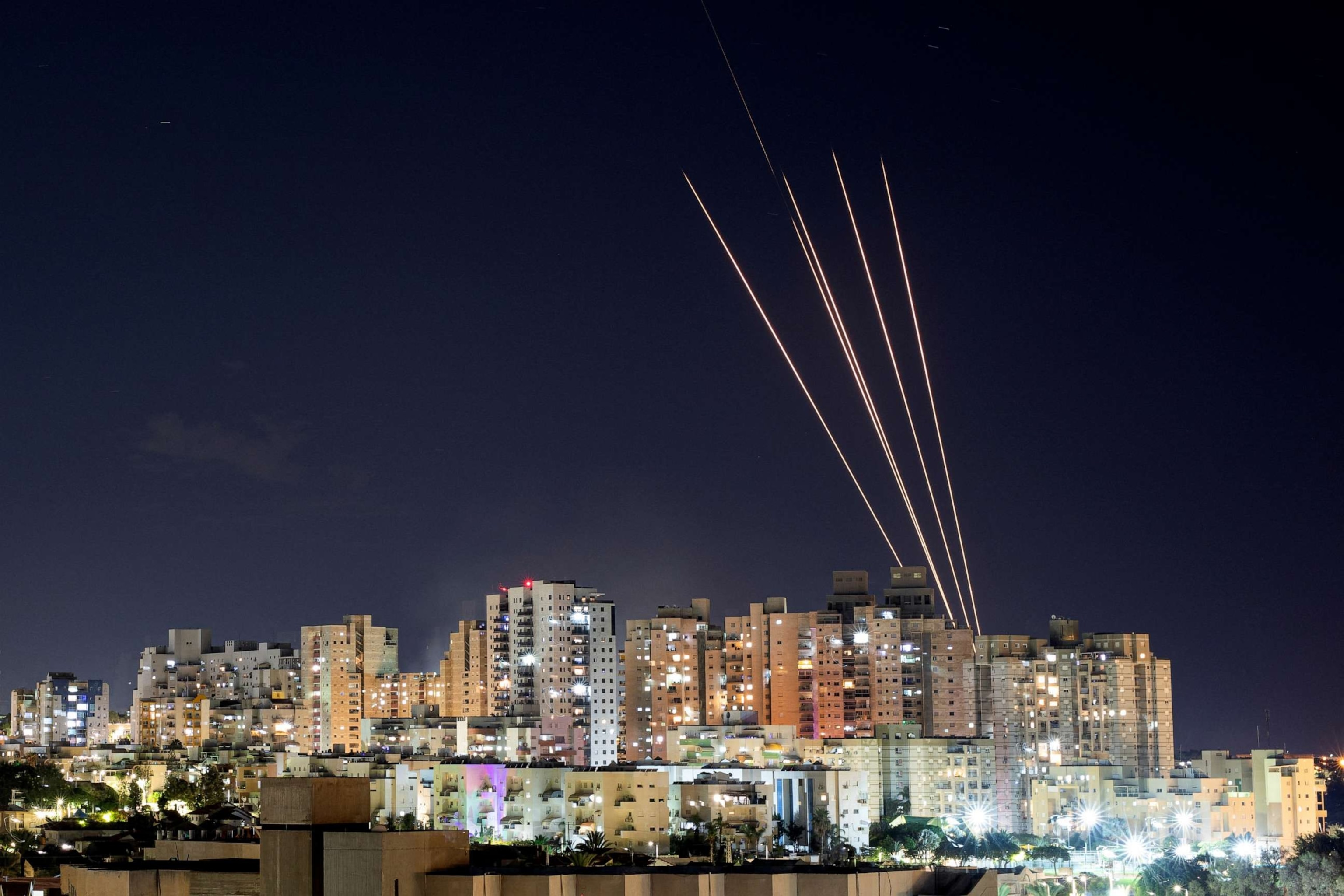Why the tunnels under Gaza pose a major problem for Israel's potential ground invasion
The extensive system is a "nightmare for an assaulting force," one expert said.
As Israel warns of an imminent ground assault in Gaza, one challenge that awaits a potential ground invasion involves a widespread underground tunnel system designed to conceal and cover Hamas militants and execute surprise attacks, experts say.
Hamas has previously claimed to have built 500 kilometers -- more than 300 miles -- of tunnels under Gaza. The tunnel system is so extensive and well-known it's referred to by some -- including the Israel Defense Forces -- as the "metro."

Israel has become adept at detecting so-called terror tunnels that have crossed its border -- though the extensive tunnel system in Gaza "will present serious challenges for the Israel Defense Forces," Bradley Bowman, the senior director of the Center on Military and Political Power at the Foundation for Defense of Democracies, told ABC News.
"The tunnels permit some Hamas fighters to survive bombardment, move around Gaza under cover and concealment, resupply its forces, hide hostages and conduct surprise attacks," Bowman said.
"Imagine going into an environment and then you're progressing across the field or into the outskirts of the city, then all of a sudden, some enemy forces pop up behind you and there were none there before," he said. "That's kind of a nightmare for an assaulting force."
Most of the tunnels are reinforced with concrete and some are quite deep, allowing them to protect Hamas militants against airstrikes, Bowman said. In 2020, Israel found one tunnel that went as deep as 230 feet below the surface, according to the Modern War Institute at West Point.
Some parts of the tunnel system are wired for electricity and communication, and many of the passages are wide enough to easily move significant quantities of equipment, ammunition and forces through, Bowman said. The average tunnel is about 6.5-feet high and a little more than a foot wide, according to a 2016 article in the journal Geopolitics.

The tunnels will be a key part of Hamas' "guerrilla warfare strategy," according to John Spencer, the chair of urban warfare studies at the Modern War Institute at West Point.
"Its fighters will form small hunter-killer teams that move underground, pop up, strike, and pop quickly back into a tunnel," Spencer wrote in a piece published Tuesday.
Hamas also uses the tunnels to hide and move rockets and rig "tunnel bombs under main roads and buildings that the IDF might be lured into," Spencer wrote.
The IDF has acknowledged the challenges posed by the tunnel system.
"It is not an easy endeavor because Hamas has embedded itself inside and underneath the Gaza Strip," Lt. Col. Jonathan Conricus told ABC News in the wake of Hamas' attack.
Conricus said the tunnels strategically run below civilian infrastructure throughout the Gaza Strip.
"That is how Hamas has been able to stop our weapons and hide countless rockets in all of these clashes that we've had," he said. "That is where they're hiding now as we're bombing, that is where their weapons are, and that is what they rely on, that's the military infrastructure that they rely on in order to keep on fighting."
The IDF has several units that specialize in combating the tunnels, including the Yahalom -- "one of the largest units in the world that trains, mans, equips, experiments, and develops new ways to deal with underground warfare," according to Spencer. In the wake of Hamas' surprise Oct. 7 attack, the IDF has claimed to have struck targets belonging to Hamas, including "a number of underground tunnels."
Economy Minister Nir Barakat told ABC News on Thursday, "The tunnels will be the world’s biggest cemetery. We shall do all efforts to bring our hostages alive," but the "first and last priority" is destroying Hamas.

Israel will have technical advantages in a ground incursion, including drones, though that advantage will be reduced to some degree as it enters enemy territory, Bowman said.
"Once you're talking about block-to-block, building-to-building, room-to-room, in some cases, hand-to-hand fighting, it really gets pretty brutal pretty fast," Bowman said.
Mick Mulroy, a former deputy assistant secretary of defense for the Middle East and an ABC News contributor, said that for Israel to "clear buildings, basements and the extensive network of tunnels, they will have to dismount their infantry and essentially fight soldier-on-soldier and block-by-block."
Hamas -- which has "home-court advantage" -- has also likely prepared for a major Israeli ground incursion "long before Oct. 7," Bowman said.
"That's going to make any Israeli ground incursion more difficult because Hamas is probably prepared for this scenario," he said.
ABC News' Luis Martinez, Becky Perlow and Matt Gutman contributed to this report.



